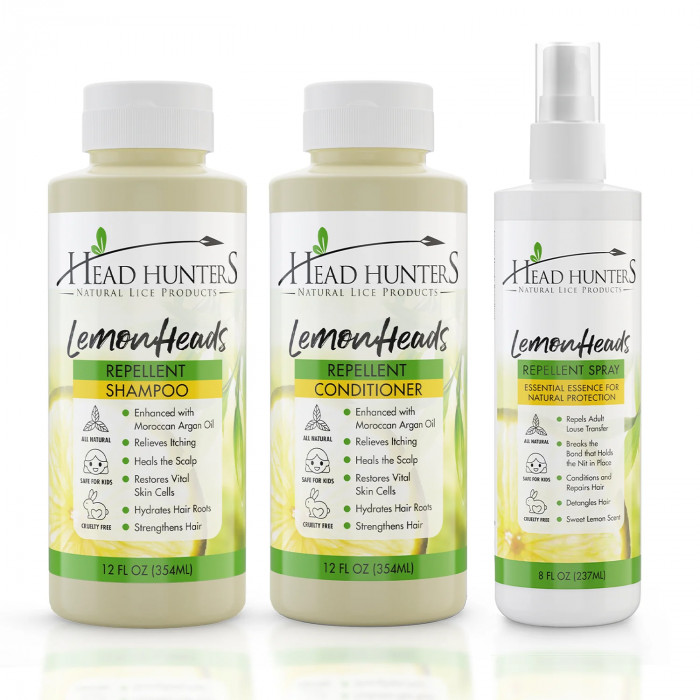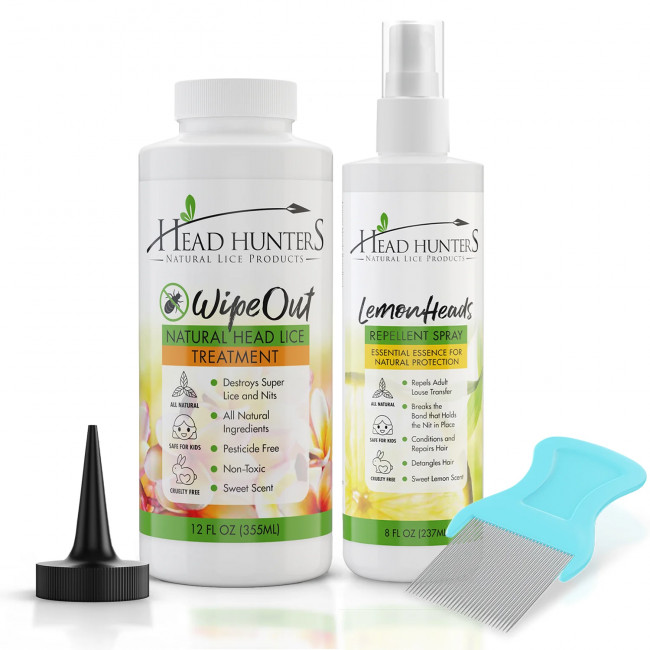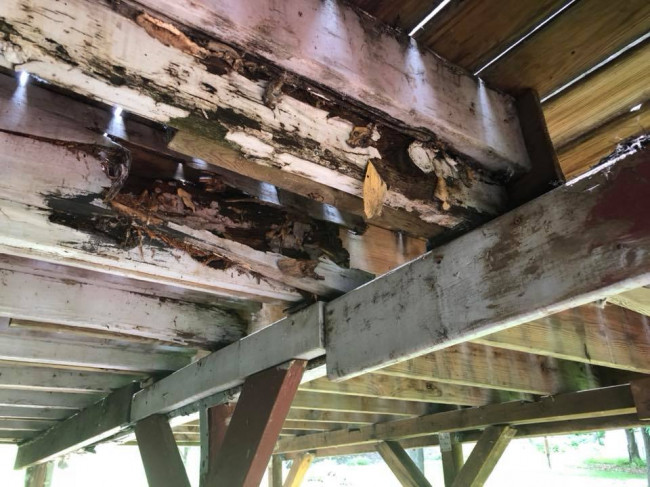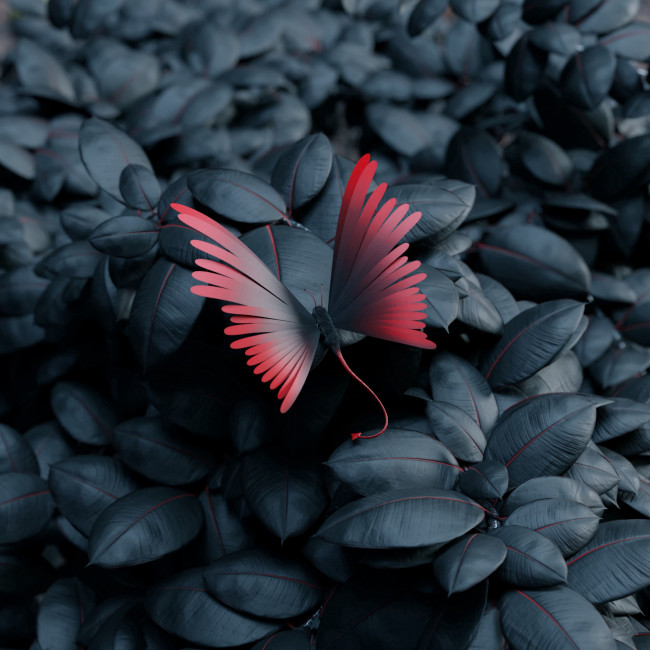Dealing with lice infestations can be incredibly frustrating, especially when it feels like you’ve tried every product on the market. If you’re searching for an effective solution, understanding how to choose and use the right lice treatment shampoo is essential. This ultimate guide will walk you through everything you need to know about lice treatment shampoos, head lice treatment shampoos, and lice treatment conditioners.

What Is Lice Treatment Shampoo?
Lice treatment shampoo is specifically formulated to eliminate lice and their eggs (nits) from the scalp and hair. These shampoos contain active ingredients designed to kill lice effectively while being gentle on your hair and scalp. When choosing a lice treatment shampoo, it’s crucial to look for one that targets lice at various life stages, from adults to eggs, ensuring a comprehensive approach to eradication.
Key Ingredients in Lice Treatment Shampoos
When selecting a lice treatment shampoo, understanding the key ingredients can help you make an informed decision. Common ingredients found in lice treatment shampoos include permethrin, pyrethrin, and malathion. Permethrin is a synthetic chemical that mimics the action of a natural insecticide found in chrysanthemums. Pyrethrin, on the other hand, is derived from chrysanthemum flowers and works similarly to permethrin. Malathion is another option, often used when other treatments have failed, and is effective against lice.
How to Use Lice Treatment Shampoo Effectively
To maximize the effectiveness of lice treatment shampoo, follow these steps:
Preparation: Before applying the shampoo, thoroughly comb through the hair with a lice comb to remove tangles. This will ensure the treatment shampoo can reach all areas of the scalp and hair.
Application: Apply the lice treatment shampoo generously to dry hair. Make sure to cover the entire scalp and hair, from roots to ends. Follow the product’s instructions regarding the duration for which the shampoo should remain on the hair. Some products require leaving the shampoo on for a specific period before rinsing, while others may recommend a shorter or longer application time.
Rinsing: After the recommended time has passed, rinse the shampoo thoroughly with warm water. Ensure that no residue is left in the hair, as this can affect the treatment's efficacy.
Repeat: Many lice treatment shampoos require a second application, usually within 7-10 days, to ensure that any newly hatched lice are also eliminated. Follow the instructions on the product label carefully.
Choosing the Right Head Lice Treatment Shampoo
Selecting the right head lice treatment shampoo involves considering several factors, including the severity of the infestation, the age of the user, and any sensitivities or allergies. For children and sensitive individuals, opt for shampoos with milder, natural ingredients. For more severe infestations, stronger formulations may be necessary, but always consult with a healthcare professional before choosing a more potent treatment.
Lice Treatment Conditioner
While lice treatment shampoos are essential, using a lice treatment conditioner can also be beneficial. A lice treatment conditioner helps in several ways.
Eases Detangling: After using lice treatment shampoo, hair can become tangled. A lice treatment conditioner helps in detangling, making it easier to comb through and remove lice and nits.
Enhances Efficacy: Some lice treatment conditioners are formulated to work in conjunction with lice treatment shampoos, providing an additional layer of protection against lice.
Soothes the Scalp: Lice treatment shampoos can sometimes cause dryness or irritation. A lice treatment conditioner can help soothe and moisturize the scalp, reducing discomfort.
Prevention Tips to Avoid Future Infestations
Preventing future lice infestations involves more than just using lice treatment shampoos. Incorporate these additional tips to reduce the risk of recurring lice problems:
Regular Checks: Regularly check your family members for lice, especially if they have been in close contact with someone who has lice. Early detection can prevent a small problem from becoming a larger one.
Avoid Sharing Personal Items: Lice spread through direct contact and sharing personal items like combs, brushes, and hats. Ensure that personal items are not shared and are washed regularly.
Clean Bedding and Clothing: Wash bedding, clothing, and any other items that may have come into contact with lice in hot water. Dry these items on a high heat setting to kill any lice or nits that may be present.
Educate on Prevention: Educate family members, especially children, about avoiding head-to-head contact and sharing personal items. Awareness can go a long way in preventing the spread of lice.
Additional Considerations When Choosing a Lice Treatment Shampoo
While finding a good lice treatment shampoo is a vital part of managing an infestation, there are additional considerations to ensure the treatment is effective and safe for everyone in the household.
Consulting with a Healthcare Professional
Before selecting a lice treatment shampoo, consulting with a healthcare professional can be beneficial, especially if the infestation is severe or if you're unsure which product to choose. A healthcare provider can recommend the most appropriate treatment based on individual needs, including any underlying health conditions or sensitivities.
Allergies and Sensitivities
If you or your family members have sensitive skin or allergies, it's crucial to choose a lice treatment shampoo formulated for sensitive skin. Many products are available that use natural or hypoallergenic ingredients designed to minimize irritation. Always read the ingredient list and consider doing a patch test before applying the shampoo to ensure there are no adverse reactions.
Following Up After Treatment
Once you’ve used the lice treatment shampoo, the work isn’t entirely done. Regular follow-ups are essential to ensure that the infestation has been completely eradicated. Continue to check the hair and scalp frequently for any signs of remaining lice or nits. If any lice are still present, additional treatments may be necessary.
Dealing with Lice in Different Hair Types
Different hair types may require different approaches when using lice treatment shampoo. For example, thick or curly hair can make it more challenging for the shampoo to reach all areas of the scalp. In such cases, you may need to spend extra time ensuring that the product is evenly distributed and thoroughly worked into the hair.
Conclusion
Finding the right lice treatment shampoo and understanding how to use it effectively is crucial in managing and eliminating lice infestations. By choosing a high-quality lice treatment shampoo, following the correct application steps, and complementing it with a lice treatment conditioner, you can achieve the best results. Remember, prevention is key to avoiding future infestations, so stay vigilant and proactive. With the right approach, you can tackle lice effectively and keep them at bay.











